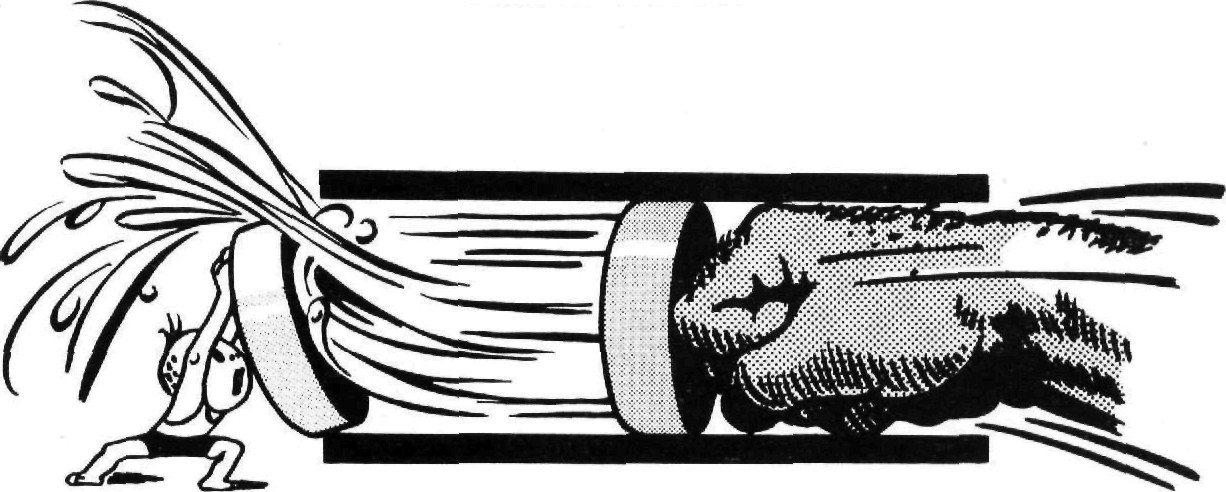The ABCs of Carburetion
UM-900 (1959)
Page 9 of 19
|
|
|||
|
SIMPLIFIED
PRINCIPLES OF CARBURETION
|
|||
|
|
|||
|
BASIC IDEAS
|
|||
 |
|||
|
|
|||
|
Pressure is
the factor which does all the heavy work in carburetion. "Vacuum" is
simply a term for a pressure lower than the atmosphere.
Any fluid will tend to flow from a higher
pressure to a lower pressure. (Consider a garden hose,
with city water pressure on one end and atmospheric on the other end.)
The amount and speed of flow depends on the size of the pressure
difference (more water will flow faster at 80 lb. pressure than at 60
lb. pressure).
|
In the case of the
carburetor, atmospheric pressure is the "higher pressure" which
"pushes" air and fuel toward the "vacuum" or "lower pressure" in the
venturi and manifold.
It may be said that
the piston moving downward on the intake stroke "draws" air and fuel
into the cylinder, but strictly speaking it is simply lowering the
pressure to allow atmospheric pressure to "push" air and fuel into
the cylinder.
|
||
|
|
|||
 |
|||
|
|
|||
|
9
|
|||
|
|
|||
